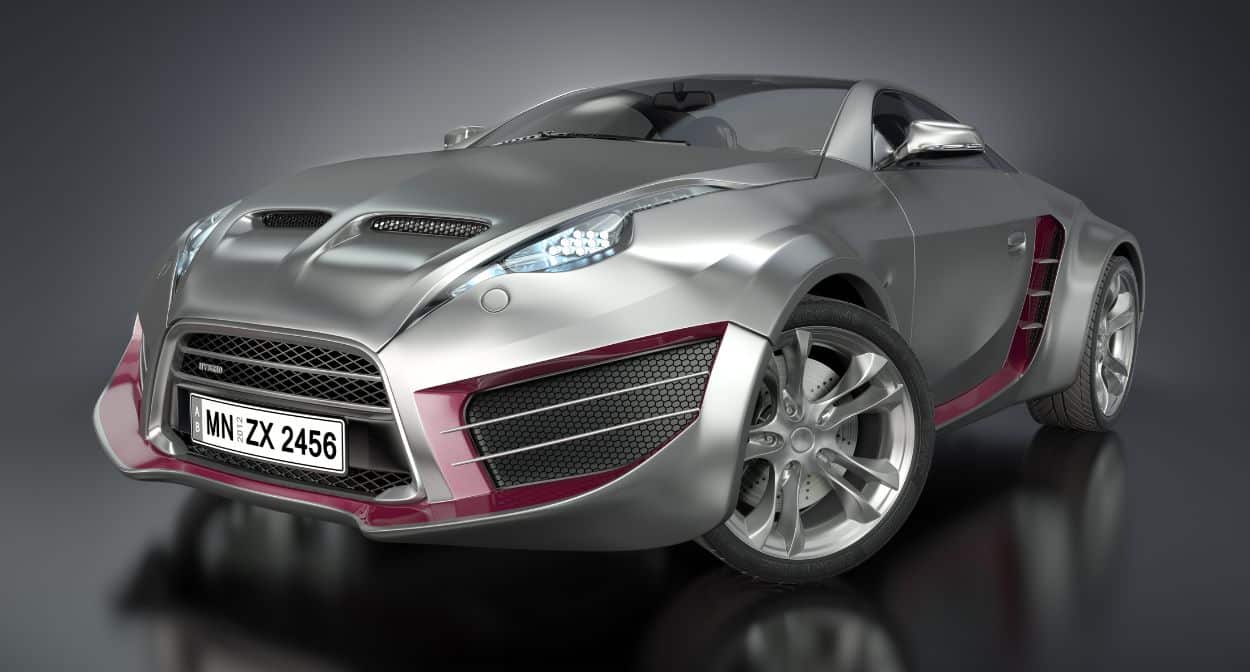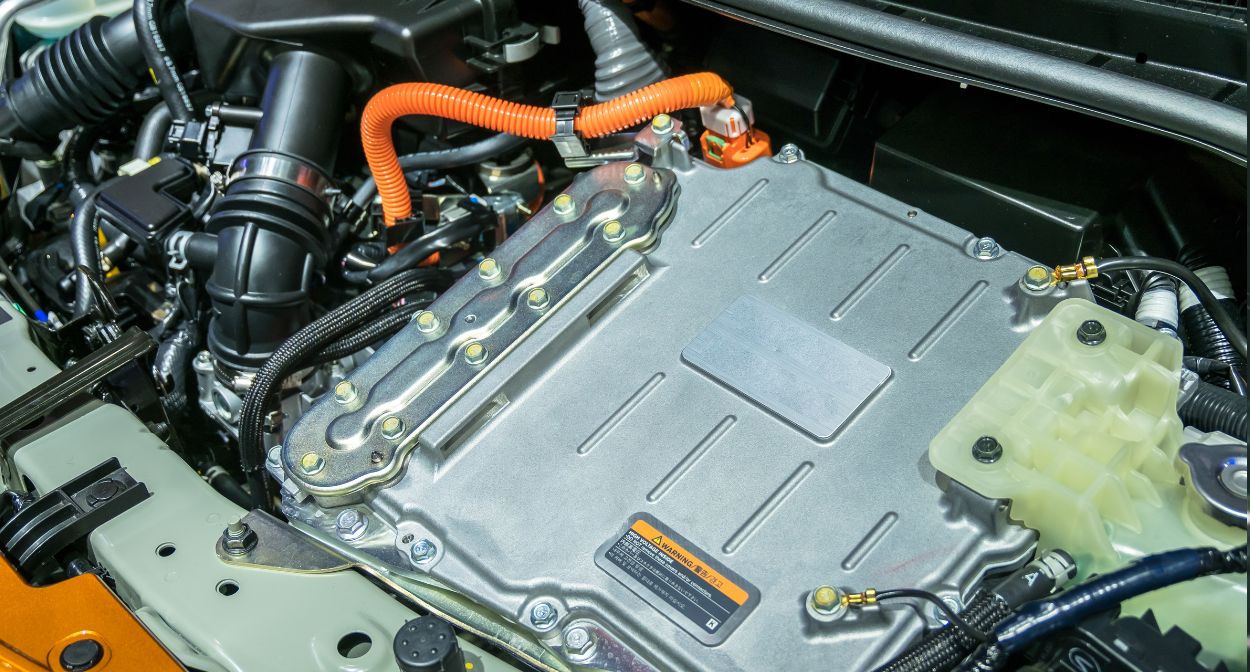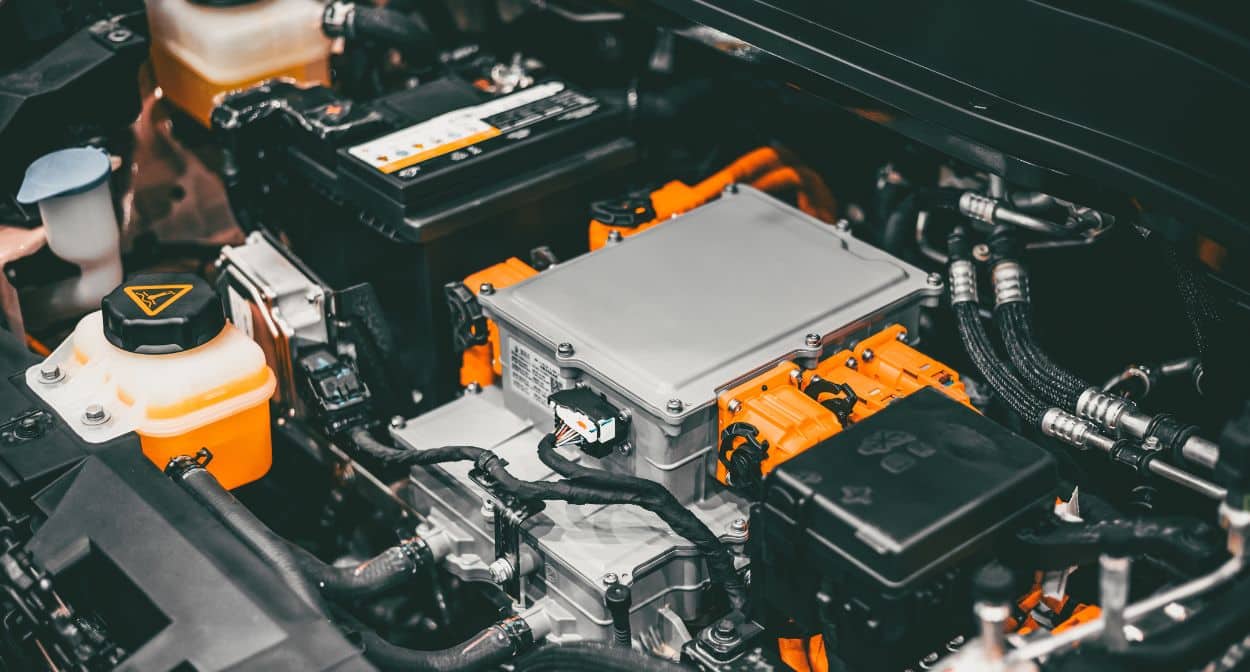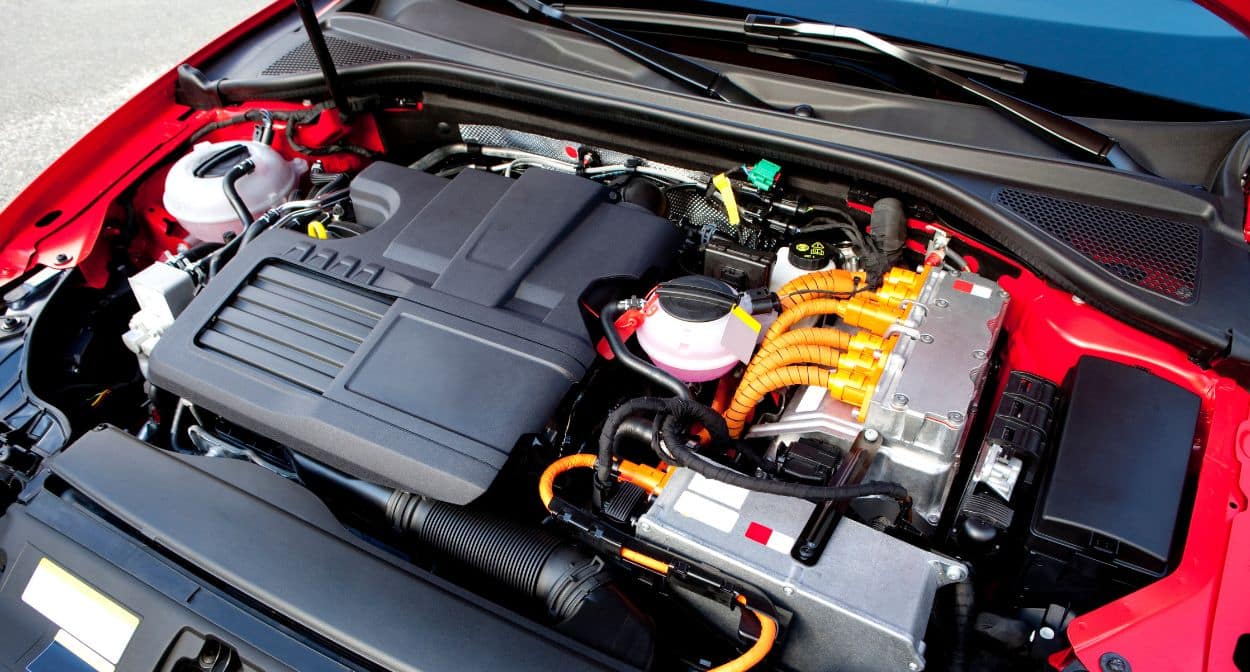Hybrid car technology represents a significant advancement in the automotive industry, combining the benefits of traditional internal combustion engines with electric power to create more efficient, eco-friendly vehicles. This guide will explore the key components and systems that make hybrid cars unique, helping you understand how they work and why they are becoming increasingly popular.
Key Components of Hybrid Cars

Internal Combustion Engine (ICE)
- Function: The ICE is a traditional engine powered by gasoline or diesel. It provides power by burning fuel and converting it into mechanical energy.
- Role in Hybrid Systems: In a hybrid car, the ICE works in conjunction with the electric motor to enhance overall efficiency. It can either drive the wheels directly or charge the battery pack.
Electric Motor
- Function: The electric motor converts electrical energy from the battery pack into mechanical energy to drive the wheels.
- Role in Hybrid Systems: The electric motor can operate independently or alongside the ICE. It provides additional power during acceleration, assists in low-speed driving, and can power the vehicle in electric-only mode for short distances.
Battery Pack
- Function: The battery pack stores electrical energy to power the electric motor.
- Types: Common battery types in hybrid cars include Nickel-Metal Hydride (NiMH) and Lithium-Ion (Li-ion).
- Role in Hybrid Systems: The battery pack supplies energy to the electric motor and can be recharged through regenerative braking or by the ICE.
Power Electronics
- Components: Inverters and converters.
- Function: Power electronics manage the flow of electrical energy between the battery pack, electric motor, and ICE.
- Role in Hybrid Systems: These components ensure efficient energy use and smooth transitions between electric and gasoline power.
Transmission System
- Types: Hybrid vehicles use various transmission systems, including traditional automatic, continuously variable transmission (CVT), and dedicated hybrid transmissions.
- Function: The transmission system transfers power from the engine and electric motor to the wheels.
- Role in Hybrid Systems: It optimizes power delivery to ensure smooth and efficient operation.
Regenerative Braking System
- Function: Captures energy that would otherwise be lost during braking and converts it into electrical energy.
- Role in Hybrid Systems: This energy is stored in the battery pack, increasing overall efficiency and extending the vehicle’s electric range.
Control Module
- Function: Manages the interaction between the ICE, electric motor, battery pack, and power electronics.
Role in Hybrid Systems: The control module ensures that the vehicle operates efficiently by selecting the optimal power source and managing energy flow.
Types of Hybrid Systems

- Series Hybrid System
In a series hybrid system, the gasoline engine powers a generator, which produces electricity to charge the battery. The electric motor then uses this stored energy to drive the wheels. The gasoline engine never directly powers the wheels in this setup.
- Parallel Hybrid System
In a parallel hybrid system, both the gasoline engine and the electric motor are connected to the drivetrain and can independently or jointly power the vehicle. This configuration allows the vehicle to switch between power sources based on driving needs.
- Series-Parallel Hybrid System
This system combines elements of both series and parallel configurations. The vehicle can operate using the gasoline engine, the electric motor, or both, offering the highest level of flexibility and efficiency.
Hybrid Systems Explained

Series Hybrid System
- How It Works: The ICE powers a generator, which charges the battery pack. The electric motor drives the wheels.
- Advantages: Improved fuel efficiency and lower emissions.
- Disadvantages: Typically more complex and costly.
Parallel Hybrid System
- How It Works: Both the ICE and electric motor can directly power the vehicle’s wheels.
- Advantages: Simpler design and lower cost.
- Disadvantages: May not be as fuel-efficient as series hybrids in certain conditions.
Series-Parallel Hybrid System
- How It Works: Combines elements of both series and parallel systems, allowing the vehicle to operate in electric-only, engine-only, or combined modes.
- Advantages: Offers the best of both worlds with superior efficiency and performance.
Disadvantages: More complex and expensive than pure parallel systems.
Benefits of Hybrid Car Technology

Reduced Emissions: By relying more on electric power, hybrids produce fewer greenhouse gases and pollutants.
Regenerative Braking: Captures and reuses energy that would otherwise be lost during braking, increasing overall efficiency.
Quieter Operation: Electric motors operate quietly, reducing noise pollution.
Conclusion
Hybrid car technology represents a transformative step towards more sustainable and efficient transportation. By understanding the components and systems that drive hybrid vehicles, consumers can make informed decisions about adopting this innovative technology. Regular maintenance and repair of hybrid systems are crucial to ensuring their longevity and performance. As advancements continue, hybrids are poised to play a crucial role in the future of automotive engineering.
By following this comprehensive guide, readers can gain a deeper appreciation of hybrid car technology, its benefits, and how it contributes to a greener, more efficient future.


